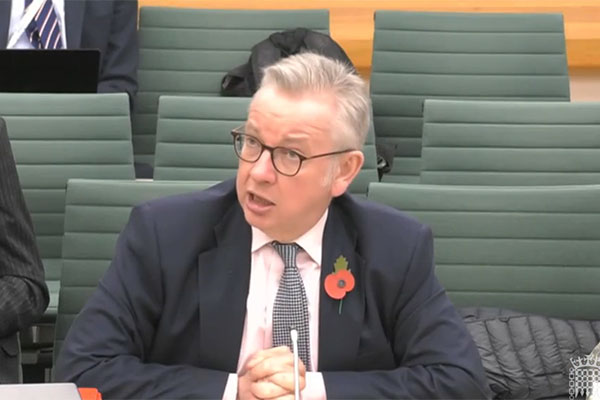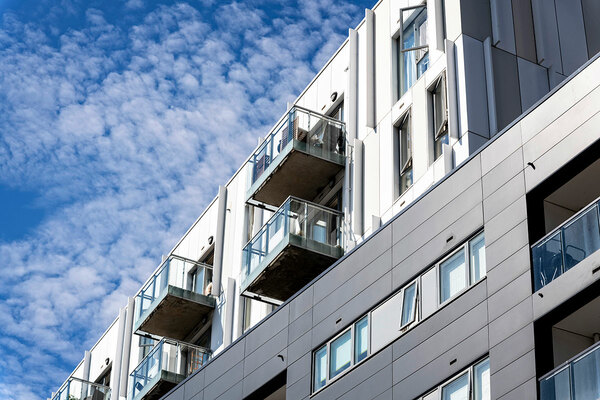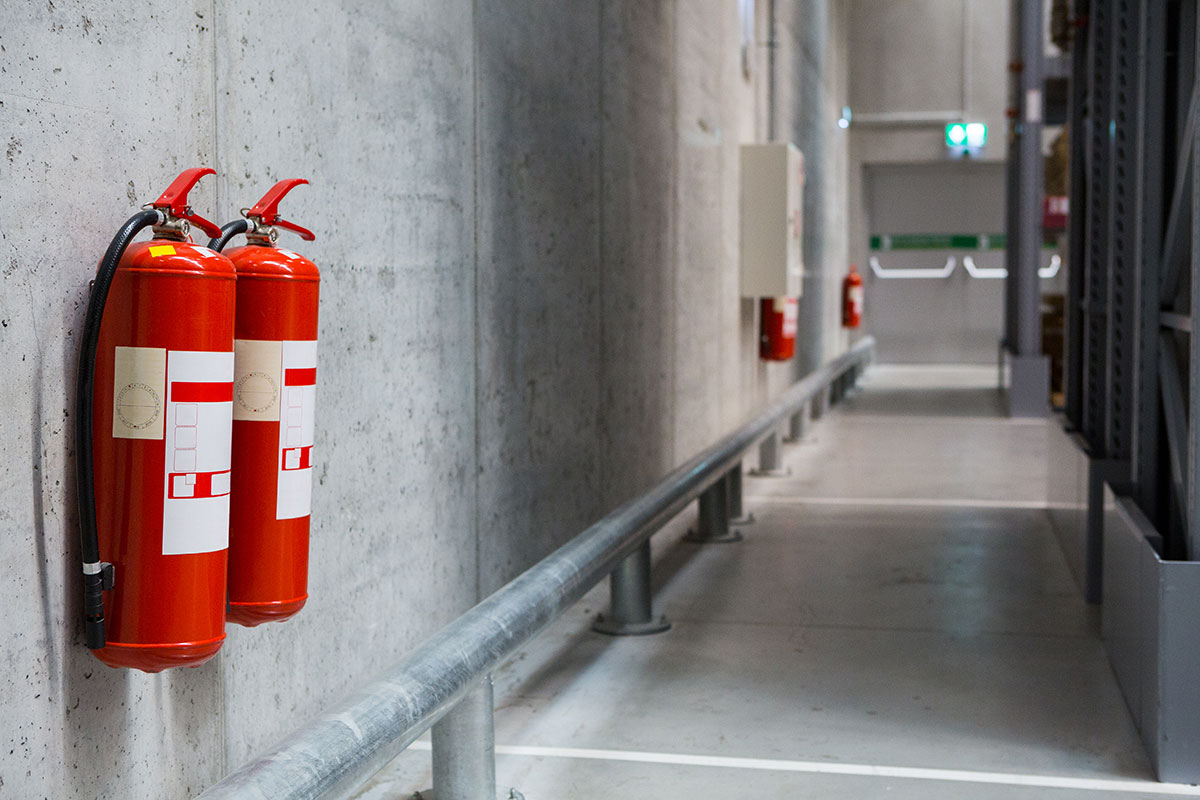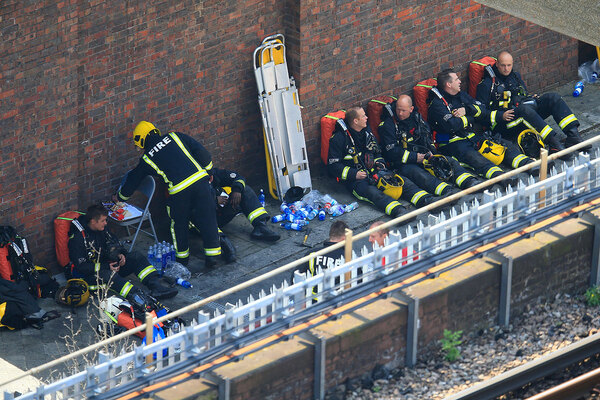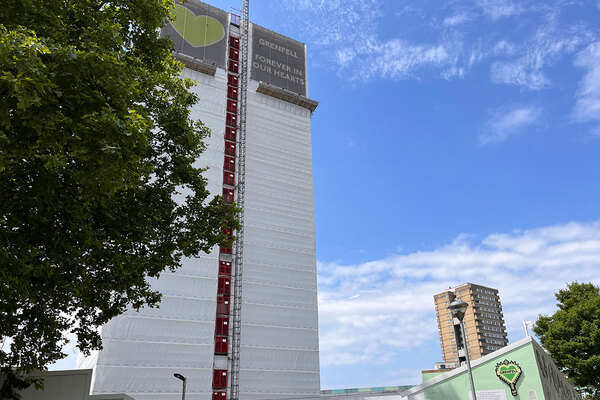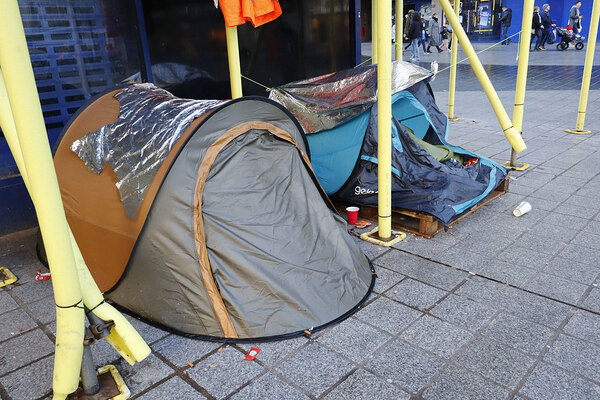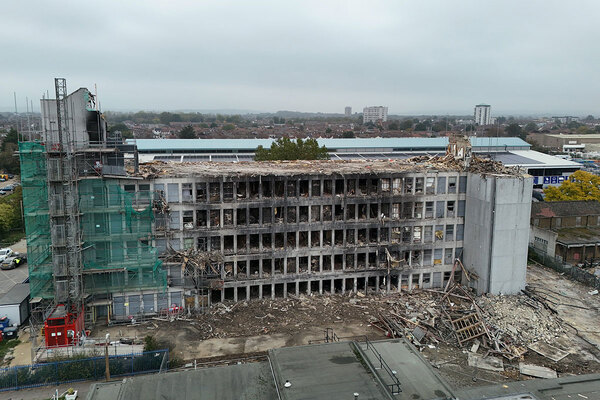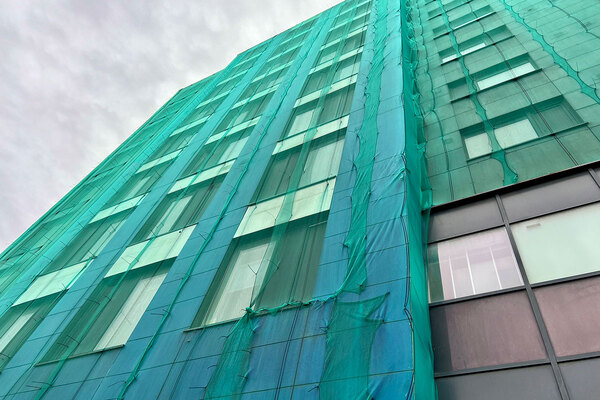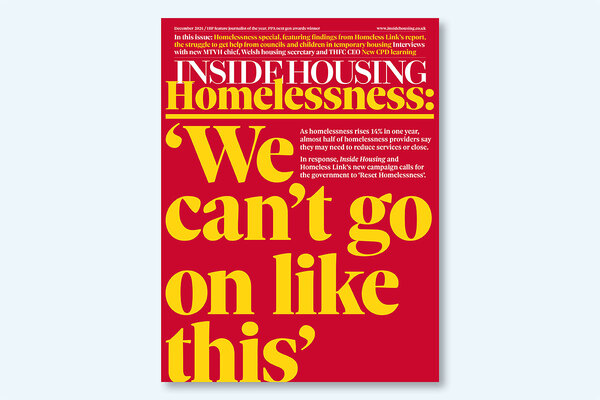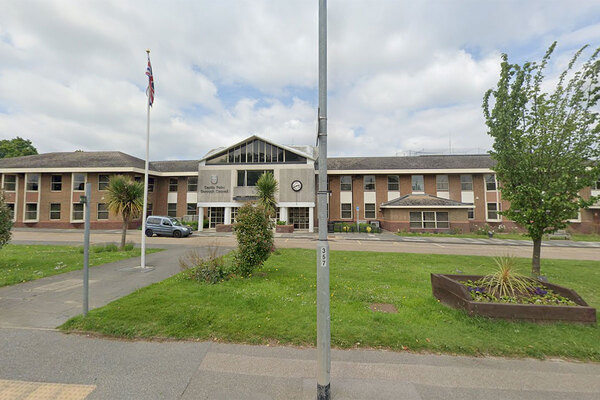You are viewing 1 of your 1 free articles
Gove accepts ‘faulty’ government guidance contributed to Grenfell fire
Michael Gove has accepted that “faulty and ambiguous” government guidance was a contributing factor in the Grenfell Tower fire, in a major climbdown from the government’s previous defence of its own rules.
The housing secretary told The Sunday Times yesterday that the official guidance “was so faulty and ambiguous that it allowed unscrupulous people to exploit a broken system”.
He went on to tell Sky News that it was “undeniably the case” that the building regulations in place at the time of the fire were not right.
His acceptance is a significant step forward from previous admissions of responsibility by government for the blaze, which killed 72 people in 2017.
Previous statements, including those given to the inquiry by government lawyers, had seen them accept a failure to oversee the enforcement work of local authority inspectors, but never that central government guidance was itself flawed.
The admission was met with a call from leaseholders living in flats with dangerous cladding to protect all those facing costs from dangerous cladding.
Grenfell bereaved and survivors, meanwhile, said that Mr Gove had merely “admitted to what we’ve known all along”, adding that “apologies fall on deaf ears when they are continuously followed by inaction”.
The admission comes as Mr Gove prepares to set out plans to ban developers from building new homes if they do not sign contracts to repair dangerous blocks they built.
Those who refuse to sign face a ban on receiving planning permission or building control approval, which will effectively stop them building new homes, he told The Sunday Times.
“Those who haven’t [signed] will face consequences. They will not be able to build new homes,” Mr Gove told the paper.
Before Grenfell, official rules contained in Approved Document B – government-published guidance on fire safety – said the external surfaces of walls needed to reach a standard called ‘Class 0’.
This standard allowed materials that could prove violently combustible in a real-world fire – such as the aluminium composite material cladding used on Grenfell Tower – to pass.
The Grenfell Tower Inquiry has shown that ministers were repeatedly warned that this standard was too low from the 1990s onwards, but never removed it from guidance.
In particular, the government did not act after a 2013 inquest into the six deaths in a fire at south London’s Lakanal House resulted in a recommendation for a review of the guidance “with particular regard” to the issue of external fire spread.
A special-interest group of MPs wrote to ministers 21 times between 2014 and 2017 asking for the Class 0 standard to be removed, but they were repeatedly rebuffed, with ministers refusing to meet them to discuss their concerns.
Civil servants who worked in the department during this period have pointed to the focus on deregulation as a major reason for the disinterest in updating the guidance.
But after the fire, the government wrote to building owners to say that the Class 0 standard only applied to the surface of a composite panel, and that its core was required to be the much higher standard of ‘limited combustibility’.
Civil servant Brian Martin, who had personally missed several key opportunities to revise the guidance, helped to draft this letter.
When he gave evidence to the inquiry, he was asked whether it was “a planned, deliberate and underhanded attempt by you and those around you to rewrite history in the light of the 71 deaths at Grenfell [on the night] in order to protect the government’s position after the event”, which he denied.
The government, however, stuck to the interpretation of building guidance contained in this letter for years.
In autumn 2018, it published an advice note which claimed that any use of combustible materials on tall buildings without a large-scale test was a breach of the rules.
This resulted in thousands of flats becoming unmortgageable, and was the start of a crisis in lending which continues today and has trapped tens of thousands of people in unsaleable properties as they wait for surveys and repair work.
In the Sunday Times interview, Mr Gove also said he wanted to ban leasehold as a form of property ownership. “I don’t believe leasehold is fair in any way. It is an outdated feudal system that needs to go. And we need to move to a better system and to liberate people from it,” he said.
Leasehold sees flat dwellers purchase a long lease on their property from a freeholder who owns the property and charges ‘ground rents’ to make a return, often for an investment fund.
It has long been subject to criticism that it is riddled with hidden costs and leaves residents unable to control the service charges in their buildings.
Sign up for our fire safety newsletter
Already have an account? Click here to manage your newsletters
